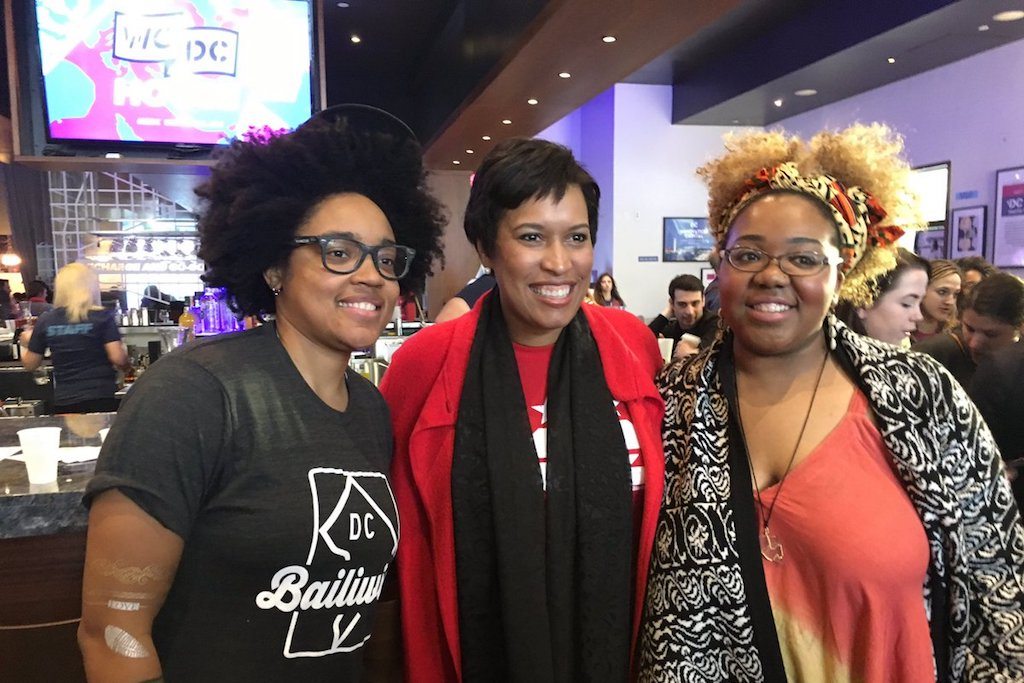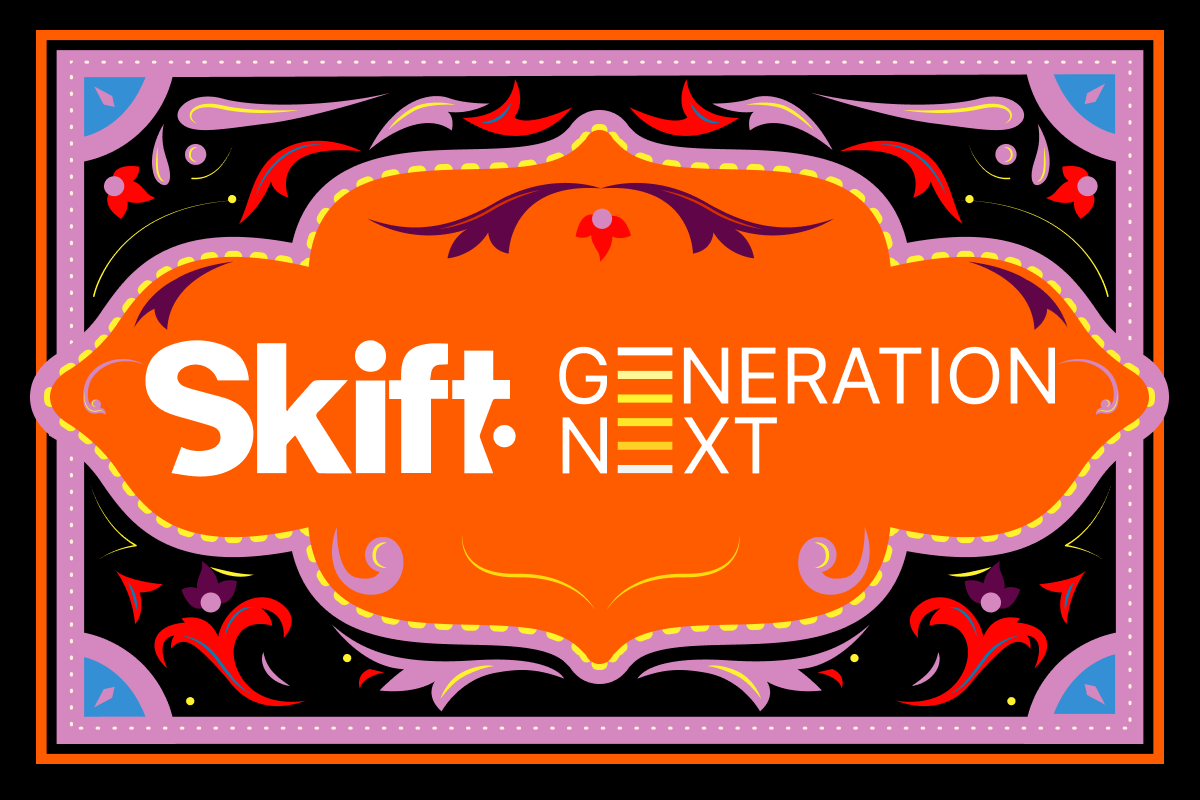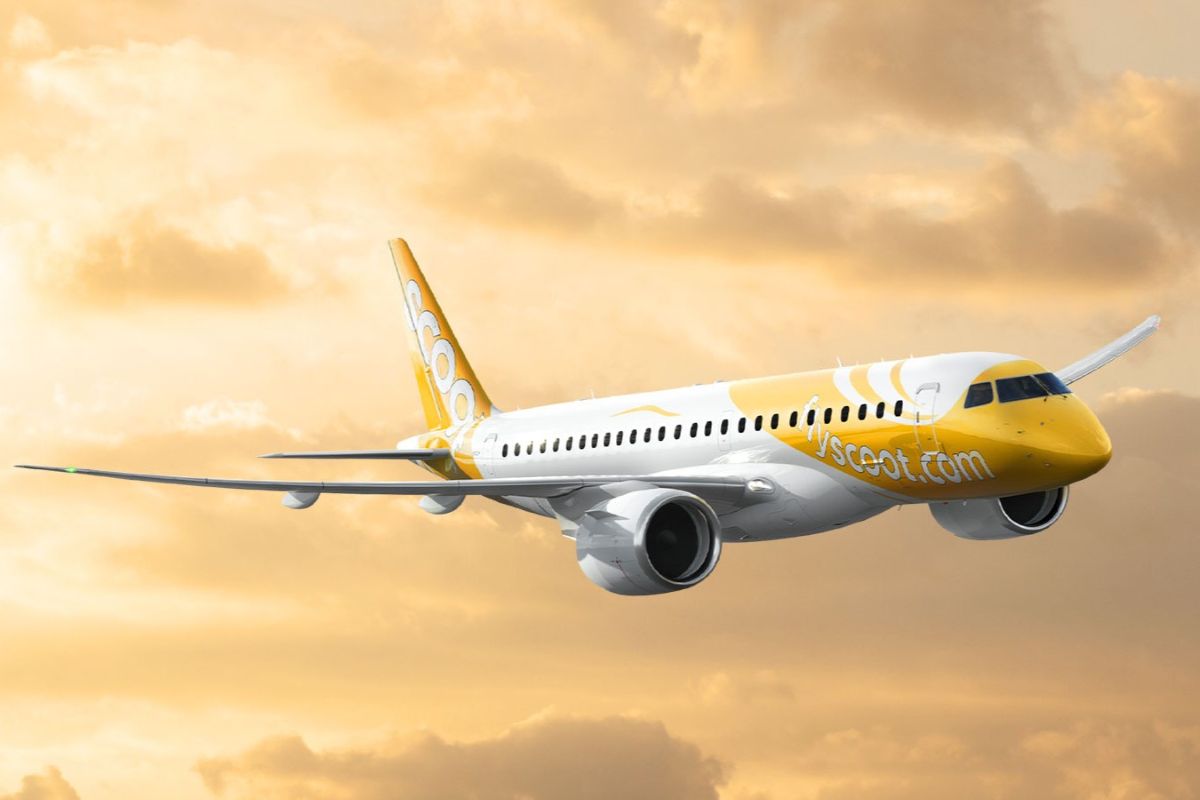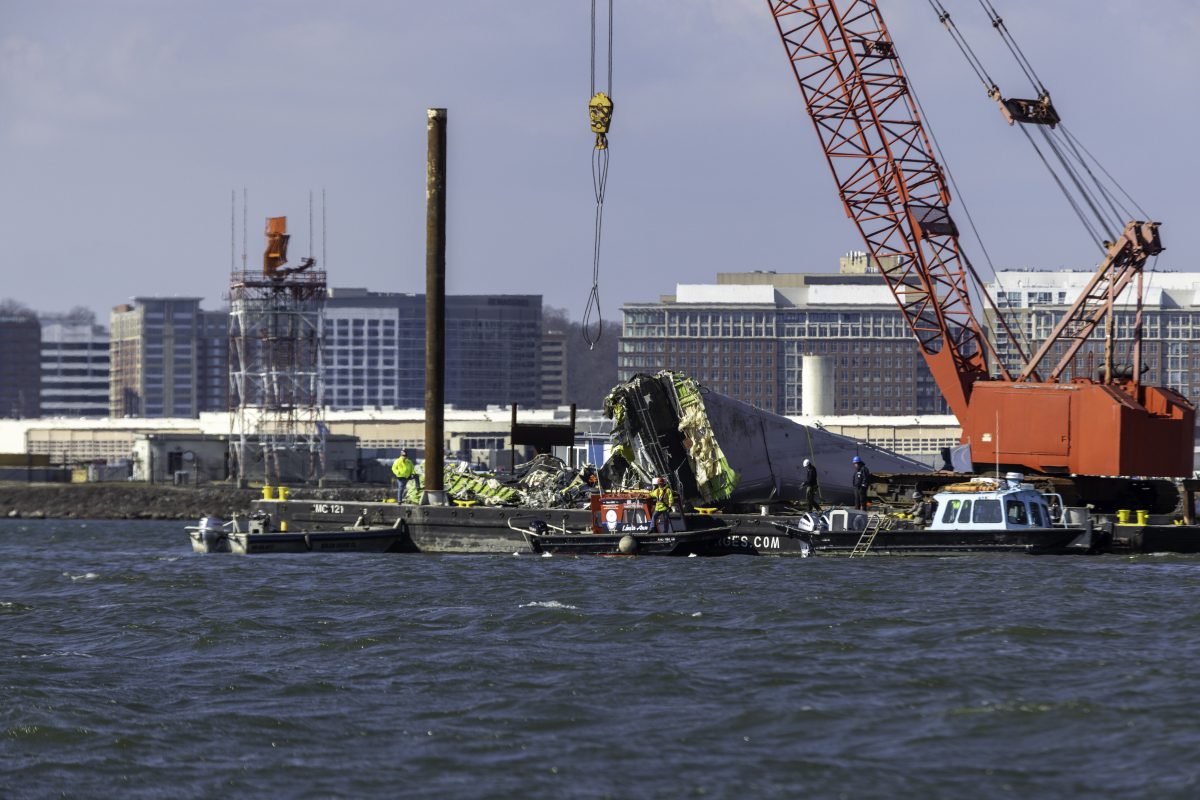Washington, D.C. Is Trying to Sell Meeting Planners on Inclusiveness

Skift Take
Washington, D.C. Mayor Muriel Bowser is the driving force behind the city's new "Inclusive Innovation" marketing and economic development strategy, which positions the racial and gender diversity in the region's tech sector as a competitive advantage to attract outside tech companies and talent to the city.
The strategy is integrated with the mandates for Destination DC and Events DC — the two organizations responsible for growing meetings and conventions in the District. Since late last year, they have been repositioning the city as a mature technology capital to target meeting planners working in tech-related industries ranging from advanced manufacturing to aerospace.
The global, semi-official launch of the Inclusive Innovation campaign took place at last week's South by Southwest Conference (SXSW) in Austin, where the Washington, D.C. delegation was headquartered inside the pop-up WeDC House located across from the Austin Convention Center. The venue provided a high-profile experiential marketing platform for government officials and representatives of the city's tourism, convention, creative, tech, academic, cultural, and media segments to present a unified message — placed on the front of the building — stating: "Everyone is Welcome in Our House."
During SXSW, Mayor Bowser unveiled two new organizations that the government is supporting to increase exposure on the importance of racial and gender equality nationwide. One is the Inclusive Innovation Incubator (In3), promoted as "D.C.'s first co-working, training and incubator space intentional about diversity." The other is the Beacon initiative, billed as: "A campaign to make Washington, D.C. the most supportive ecosystem for women entrepreneurs in the United States."
Mayor Bowser, who is a female African American, referred to herself as a "chick mayor" who's proud to lead the city's Inclusive Innovation mission as a model for the rest of the nation.
"We're being very intentional about making sure we are a city that is diverse and inclusive, and we invest in and preserve those values in everything that we do," she said at WeDC House. "We're not going to be Silicon Valley, and we don't want to be. We're not Boston and some of those other cities. We're unique. We're special. And we look at those qualities that make us special and unique as strengths, and we're going to double down on them."
Pathways to Inclusion
There are multiple political, social, and economic factors behind the development of the Inclusive Innovation platform:
First, the narrative in the nation's capital at the federal level has obviously been more divisive than normal with all of the alt-right rhetoric coming from the Trump administration since January. Therefore, the local public and private sectors in D.C. are intent on not letting the national government define their city's brand image and communities at the local level.
Second, the positioning helps separate D.C., to a degree, from the increasing public outcry about the lack of diversity and equality in cities with robust tech economies. Or, at least it demonstrates how the capital is addressing that outcry.
Third, within the context of the meetings and conventions sector, the Inclusive Innovation initiative communicates to organizations considering D.C. for a meeting or convention that all of their attendees, regardless of race, gender, and sexual orientation, will be treated with the same level of respect and hospitality.
The genesis of Inclusive Innovation goes back a decade to the conceptualization of the District's economic development vision for all citizens outlined in "The Comprehensive Plan for The National Capital — Growing An Inclusive City: From Vision to Reality" in 2006. The push to grow the tech sector in D.C. really began in earnest during the last five years, when The Office of the Deputy Mayor for Planning and Economic Development (DMPED) started rolling out tech strategy reports like the " DC Innovation Strategy for St. Elizabeths" paper to support the growth of startups and rebuild underserved neighborhoods.
Since then, the District's tech sector has grown to include more than 1,000 startups, five of the top 100 investors in early startup tech companies, and 185,000 high-tech employees.
Like the rest of the nation, there's an immediate need for more inclusivity in the region's tech sector. In D.C., according to DMPED, females make up 53 percent of the local workforce but only 37 percent of tech workers. Regarding race, African Americans represent 46 percent of the workforce, but only 17 percent are employed in tech.
However, both of those figures relating to women and African Americans in technology-specific fields are higher than national averages.
US Census figures for 2016 show that Washington, D.C. has the highest percentage of African Americans working in STEM jobs in the country, and the Institute for Women's Policy Research states that D.C. is the #1 city in the U.S. for women's employment and earnings, with the lowest gender pay gap in the country. Part of that, however, is because government and military, which are naturally heavily represented in D.C., have long been held accountable to higher equal opportunity standards than the private sector.
To help improve those numbers, Mayor Bowser and DMPED released the "Pathways to Inclusion" report in November 2016, which profiles the current state of inclusion in D.C.'s tech economy. The announcement for the report reads:
"The 'Pathways to Inclusion Report' was cultivated from a commitment by Mayor Muriel Bowser and her Innovation Technology Inclusion Council to expand of the District's innovation economy in a way that will serve as a national model for inclusion and diversity. This report is the first of its kind for the District, providing a roadmap to create an inclusive ecosystem where the tech and innovation economy can grow."
"We are the #1 city for female entrepreneurs and the best place for people of color in entrepreneurship and innovation," Brain Kenner, Deputy Mayor for Planning and Economic Development, told Skift at SXSW. "So we already have those basic competitive advantages. We just realized we needed to talk about it a lot more. We want people who may not look like every tech founder in London or Silicon Valley to think, when they come here to start a company or visit for a conference, 'D.C. is a place where I can feel at home.'"
"We want people who may not look like every tech founder in London or Silicon Valley to think, when they come here to start a company or visit for a conference, 'D.C. is a place where I can feel at home.'"
Following the Pathways to Inclusion report, Destination DC published a white paper in January 2017 detailing the city's mature tech sector in an effort to attract more tech industry conventions.
The report, "Innovation Capital: Meetings & Conventions in a Tech Hub," provides information on the growth of the local tech scene, such as the number of VC funds in the city, the percentage of higher degrees in STEM fields per capita, and the rise of private tech companies like the Startup 1776 incubator, which was one of the city's early tech success stories.
“Today’s meetings have moved beyond dates, rates and space and organizations are looking for a value-added approach,” said Elliott Ferguson, president and CEO of Destination DC. “For tech companies, Washington, D.C. is uniquely positioned with the access companies want, whether that’s thought leaders and influencers, cybersecurity experts or venture capital firms and startups.”
Lastly, one week before SXSW, Mayor Bowser and Deputy Mayor Kenner unveiled the new "D.C. Economic Strategy" framework outlining how: "Washington, D.C. will continue its work as an international leader for inclusive economic growth and resilience." The strategy focuses on two central goals, relating to private sector development and inclusivity:
- Grow a vibrant and resilient economy driven by private sector expansion. Specifically, grow the D.C. private sector economy to $100 billion (by 20%), by the end of 2021. Private sector GDP as of 2Q16 was $83.4 billion.
- Foster economic prosperity for all Washingtonians by increasing job opportunities and decreasing employment disparities by the end of 2021. Reduce unemployment across wards, races, and educational attainment levels, bringing unemployment levels below 10% in all segments by the end of 2021
Together, those three reports form the basis for rebranding D.C. as "The Capital of Inclusive Innovation" for business-to-business and economic development purposes.
With regard to the meetings and events sector, one of the action items listed in D.C.'s Economic strategy is: "Secure major conferences and meetings focused on health/medicine, education, and technology."
"When it comes to leveraging business events that occur in our venues to benefit the city and bring those kinds of industries here, we've been doing it on a more short-term basis, or episodic basis," said Gregory O'Dell, president and CEO of Events D.C. "The tech industry will support the growth of our population and the diversity of our population. I think thinking about our assets in a different way, now in a more formalized structure with everything that the Mayor and the city is doing, is how we want to position our city as an innovation capital moving forward."
Selling D.C. to Planners as an Innovation Ecosystem
The most interesting aspect of the Inclusive Innovation campaign, and the strategy to grow D.C.'s tech sector and the volume of tech meetings, is the convergence of efforts between the city's public and private sectors. At SXSW, the Mayor's office, the economic development and destination marketing organizations, and the local business, academic, and cultural communities were all rallying around the inclusivity message with an unusual level of energy and pride at WeDC House.
"The point of going to South by Southwest and sponsoring the WeDC House initially was to share the fact that we have a tech sector in D.C. with the broader tech community worldwide," said Andrew Trueblood, chief of staff at DMPED. "Now in the last couple years, it's grown even more to sharing our maker economy and our creative economy and our sports economy. Really, WeDC is just about sharing that D.C. is an incredibly vibrant place where there are all sorts things other than the federal government, so it's become a great platform."
Part of the buzz at WeDC House this year can be attributed to the popularity of SXSW in general, which tends to invoke strong passions among participants who get overly frothy around innovative brands with a lofty mission. Furthermore, city leaders always talk about how they work together for the benefit of the community, but that's oftentimes highly exaggerated.
In D.C.'s case, however, the delegation's passion around the inclusivity and tech initiatives is grounded in research. The high level of cohesion illustrated by the various research reports, and how they're integrated into one overarching economic development strategy focusing on both the local tech community and global tech industry, are unprecedented in the U.S.
The emphasis on inclusivity and tech meetings also provides a new platform to support Destination DC's convention sales efforts to position D.C. as a modern tech capital.
According to Ferguson, he says many established global tech companies have lobbying offices located in the District, but they haven't always traditionally regarded D.C. as a tech powerhouse. That's changing because there's now a critical mass in the local tech sector based on the number of companies headquartered in the urban core, supported by the local government's efforts.
"The city is investing in real estate and infrastructure that meets the needs of a lot of these types of tech companies to grow their businesses worldwide," Ferguson told Skift. "It's important that those organizations that we're trying to attract recognize what's happening here, and how we can make our tech sector work for them and their meetings. That's really the basis for the Innovation Capital report."
O'Dell added that the local tech sector is helping deliver a more connected and unified user experience for visiting convention attendees working in advanced industries.
"When you see places like 1776 growing here, that's been fertile ground to draw other tech companies to come to Washington, D.C.," he said. "That's why we personally have invested pretty significantly into South by Southwest, because we're trying to attract those kinds of technology businesses by showcasing how we can provide an entire ecosystem to support their goals."
There's also a bigger picture here relating to how the growing collaborative spirit in cities between their public and private sectors is attracting meeting and conventions in new ways. Global destinations outside the U.S. have been presenting their cities as complete innovation ecosystems to conference organizers for years, by packaging their tourism, academic, and business sectors more closely to provide a richer attendee experience.
International companies and associations are demanding greater access to thought leaders specific to their industries in any given host convention destination. Therefore, if a city wants to attract more conventions in a priority sector like advanced manufacturing, for example, the city's local convention bureau, economic development agencies, universities, and business communities are collaborating to source local leaders specializing in advanced manufacturing.
Bureaus in the U.S. have been utilizing the same strategy, to a degree, but they haven't been nearly as vocal about it publicly as many of their international counterparts. Most U.S. bureaus are still promoting their competitive advantage in terms of their convention center and hotel package, restaurants and attractions, etc., which are not necessarily a significant competitive advantage in many cases.
At SXSW, Melissa Riley, VP of convention sales & services for Destination DC, explained that the convention bureau wants to be the first such organization in the U.S. to really lead with the local expertise story to engage planners in specific priority sectors. And, equally important, she noted, the messaging needs to be backed up with research and case studies.
"Every city has traditionally sold themselves the same way, where everybody's got a new convention center; everybody's got new hotel inventory; everybody's got great restaurants, great parks, and 40 miles of biking paths," said Riley. "Now we're also talking about the amount of tech and digital innovation coming out of the universities, hospitals, and our more than 1,000 startups. We want to highlight to the meeting planner community and the business community the many intellectual assets we have, and our access to government that no one else has."
“Every city has traditionally sold themselves the same way, where everybody’s got a new convention center; everybody’s got new hotel inventory; everybody’s got great restaurants, great parks, and 40 miles of biking paths. Now we’re also talking about the amount of tech and digital innovation coming out of the universities, hospitals, and our more than 1,000 startups. We want to highlight to the meeting planner community and the business community the many intellectual assets we have, and our access to government that no one else has.”
Expect to see a lot more U.S. convention bureaus jump on the same strategy this year with more planner-facing messaging highlighting their cities' knowledge base and advanced industry sectors. But how is that strategy resonating with U.S. meeting planners?
"It's resonating more and more, and I think more meeting planners are seeing how the intellectual capital in D.C. can enhance their content and programming, drive their exhibitor base, drive delegate counts, and drive sponsorship to make their events more profitable," Riley answered. "We're trying to move beyond dates, rates, and space. We're trying to get planners to understand that our asset base of expertise can redevelop their show as a whole. So I would say this is resonating with planners who are more innovative, in general."




